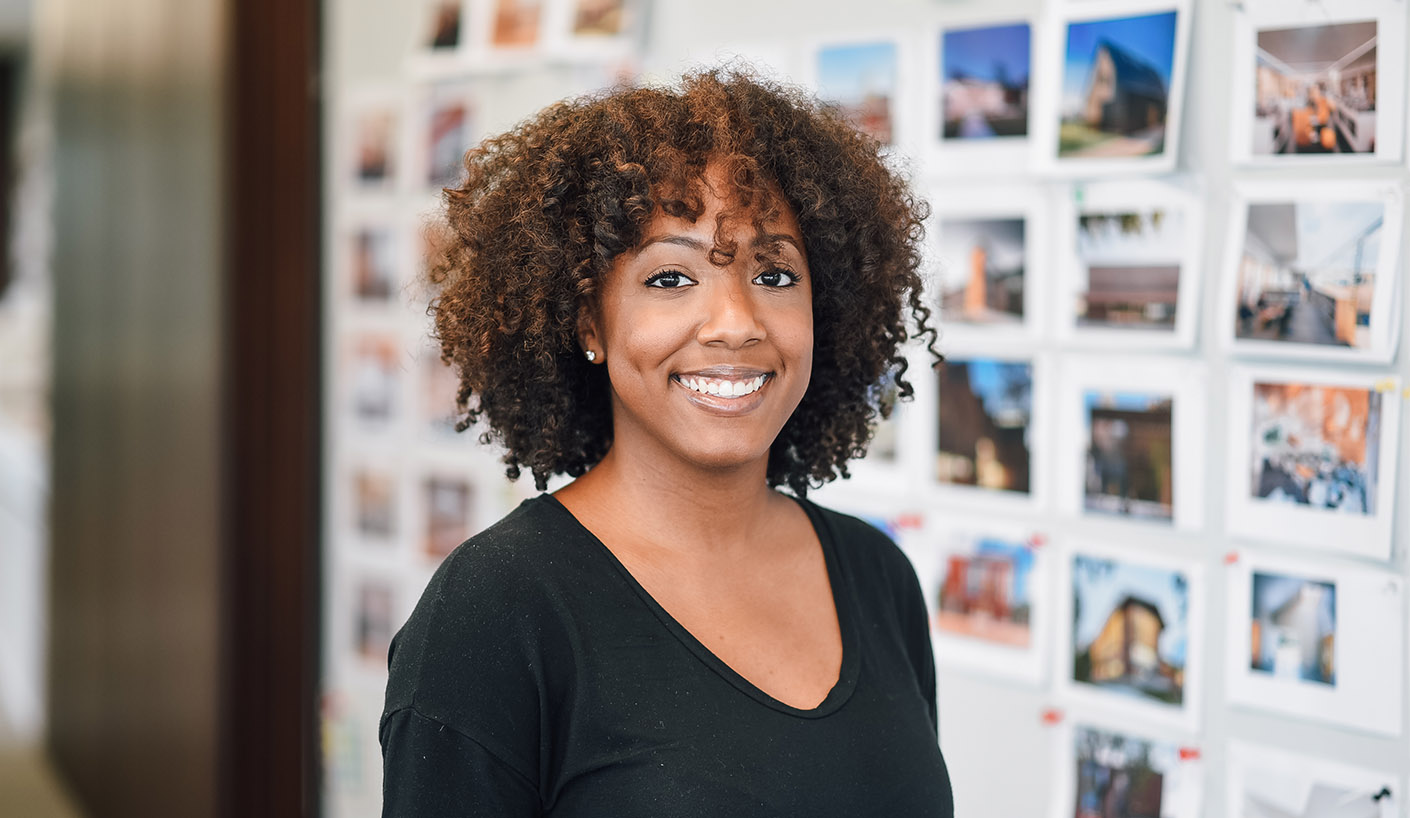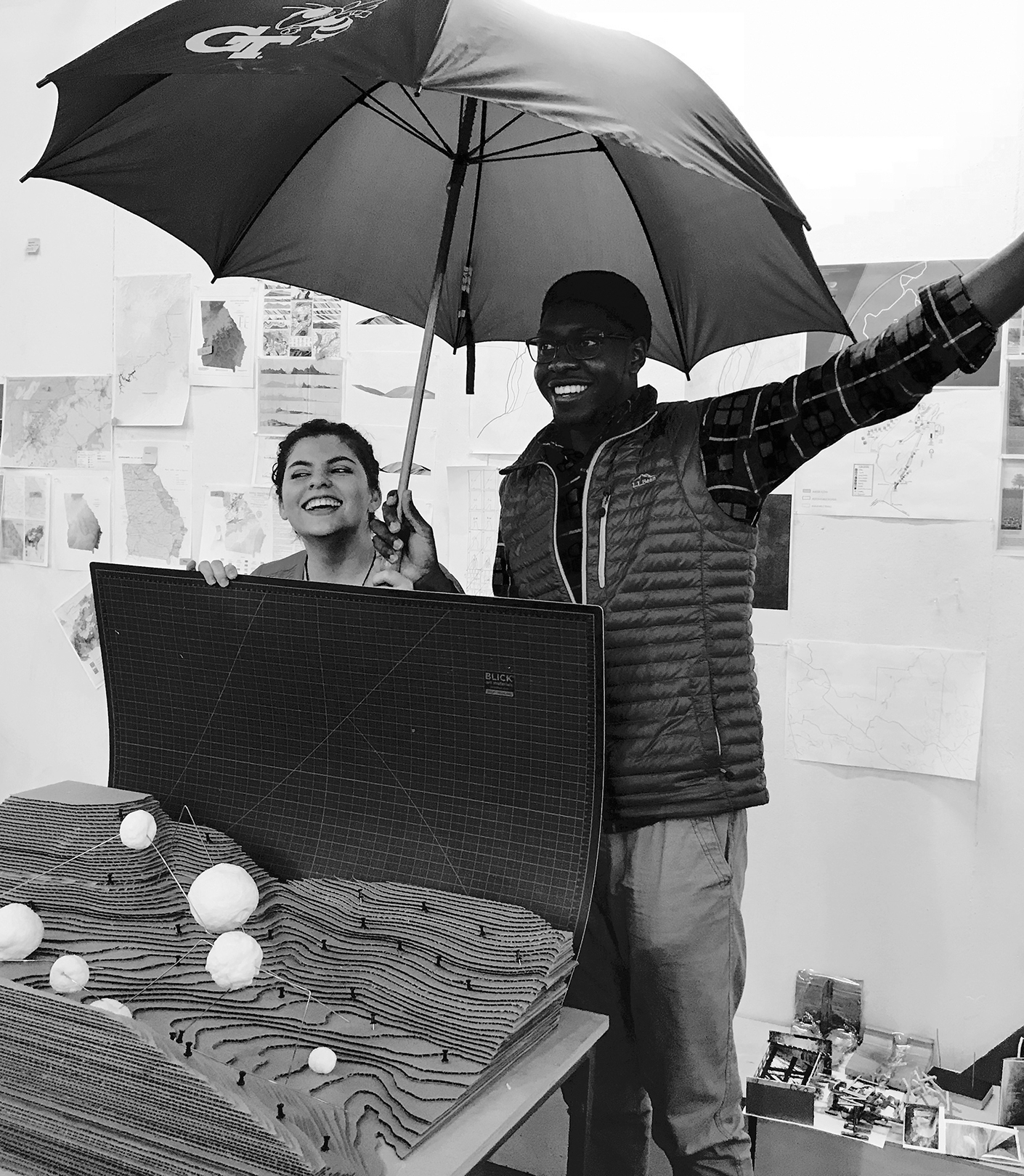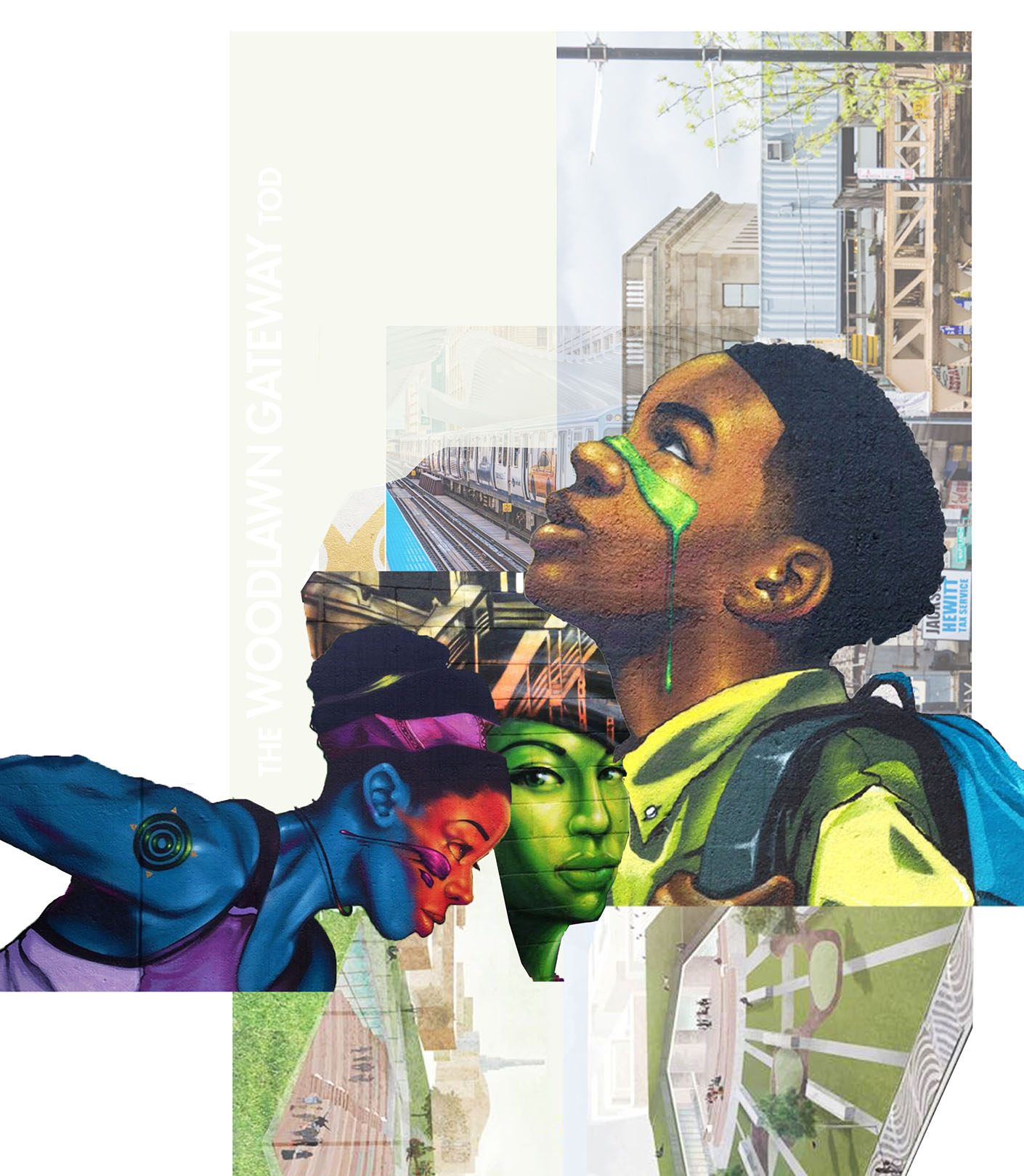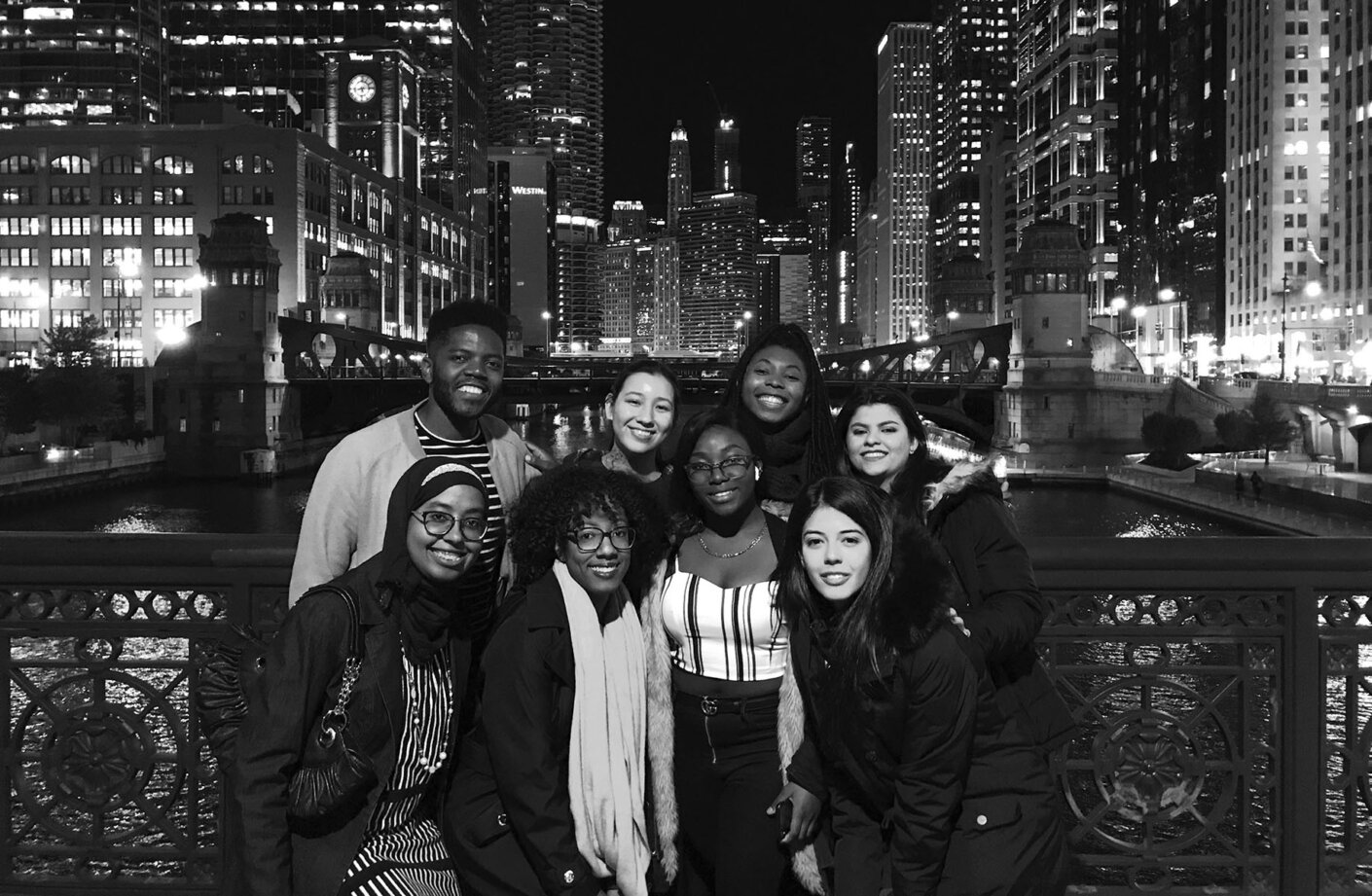Conversations with Colleagues: Chelsea Davis



A: Design is one of the few things in our world today that can truly be for everyone. Good design, as I know it, is centered around people. It is and should be difficult to design without an understanding of who you are designing for and the communities that your work is engaging. If we let it, design can teach us how to respect and care for one another in a more authentic way.

A: I am excited to be a part of the team working on the Pauli Murray Center for History and Social Justice through our Social Purpose program. Projects like this provide our services pro-bono for nonprofit organizations. In doing so, we are better able to reach people and spaces who might otherwise not be touched.
Pauli Murray was of the many unsung heroes in history. She was an active proponent of civil and human rights and went on to become the first African American female to ever be ordained an Episcopalian priest. She was an activist, a poet, a scholar, a teacher, and attorney whose ideas and involvements sought out ways to correct imbalances in the world as they related to race and gender inequity.
The Pauli Murray Center for History and Social Justice is to be a safe space for the Durham community and will reside at the site of Murray’s childhood home where the original house has been restored and made a national landmark. The emphasis will be toward people in need of community, belonging, and social healing all while expanding the expression of the works and history of Pauli Murray.
I think the amazing thing about this project is the insurmountable opportunity to integrate humanity into the design. Being involved with this effort has been an immersive and thoughtful process. As both an intervention of landscape and architecture, the solution to the design challenge is going to take a great deal of creativity. I am excited to figure out how we can help the Pauli Murray Center for History and Social Justice realize its vision.

A: During my second semester of graduate school, I found myself in one of the most challenging studio experiences I have ever faced. This group project focused on creating a center for ecological interpretation and land use history at what is Amicalola Falls in North Georgia. The process of developing the project was grueling and exhausting both physically and emotionally. Fortunately, I had an amazing team and together we were able to create something I could not have fathomed on my own.
I remember being at the first round of reviews, and upon finishing our presentation, being relieved by the warm reception. With this project, we sought to highlight the history of the site. Given the need to integrate ecology, we worked with the mindset that this would be an experience created by the land. We crafted an experience that brought a physicality to the cyclical and interconnected nature of history by weaving together markers of time on site in a way that then created inhabitable and exploratory spaces for visitors. Because this was such a major competition, we had a series of well-respected architects in the industry serve as critics to review our work. Marlon Blackwell of Marlon Blackwell Architects thought to question whether what we created was even architecture. Mack Scogin and Merrill Elam of Mack and Merrill praised its unconventionality and poetic nature. I think the most meaningful response, however, came from our studio instructor, Jennifer Pindyck, who in the final huddles during production, was drawn to tears at what we were starting to develop (quite possibly out of frustration at how long it had taken us to get to this point but also possibly out of excitement.) She simply began to tell us, “This is what it is all about.”
For me, this was the moment when things began to click. It was exciting to have produced something that challenged people’s minds; that had caused productive debate and conversation and possibly even influenced another’s outlook. Though this project was only a response to a studio brief, it was instrumental in helping me begin to shape how I see the built environment.

A: My matriculation into architecture was very much so accompanied by the presence of NOMA/NOMAS (the National Organization of Minority Architects/Architecture Students). Being so new to architecture and studio culture, I needed a community of people who I could ask the questions I could not find answers to in staff and faculty. I needed to see people like me doing things that I wanted to do. Because of this, I take great stock in the institution of mentorship and look to be an advocate where I am needed.
After progressing to a position of leadership within our local chapter of NOMAS, I had a personal goal of wanting to help develop the aspirations, skills, exposure, and confidence of other emerging professionals in my program. I led because I saw fit to foster camaraderie amongst other young professionals in design, but especially young professionals of color in design because I saw, and felt, that we so desperately needed it. Today, I still support organizations like NOMA/NOMAS and Equity in Architecture to contribute to the effort towards a more diverse and embracing design industry.
Most importantly, I make myself available for those with curiosity. I am still connected to classmates making their way through academia, considering a career in architecture and give them the encouragement that they might not traditionally receive. It can be daunting to enter or work in an environment where you are not entirely sure you belong and sometimes it requires is a little assurance.